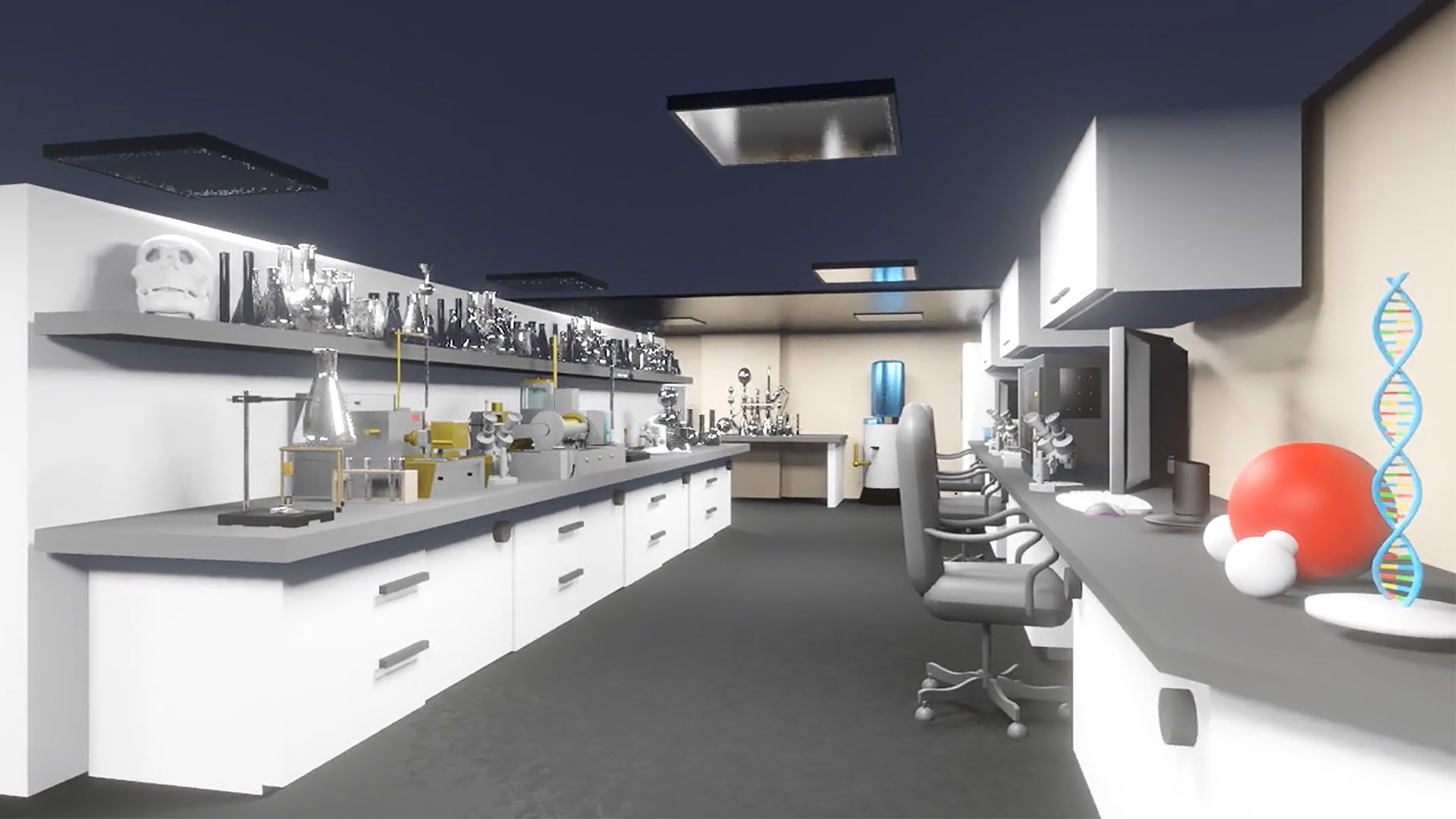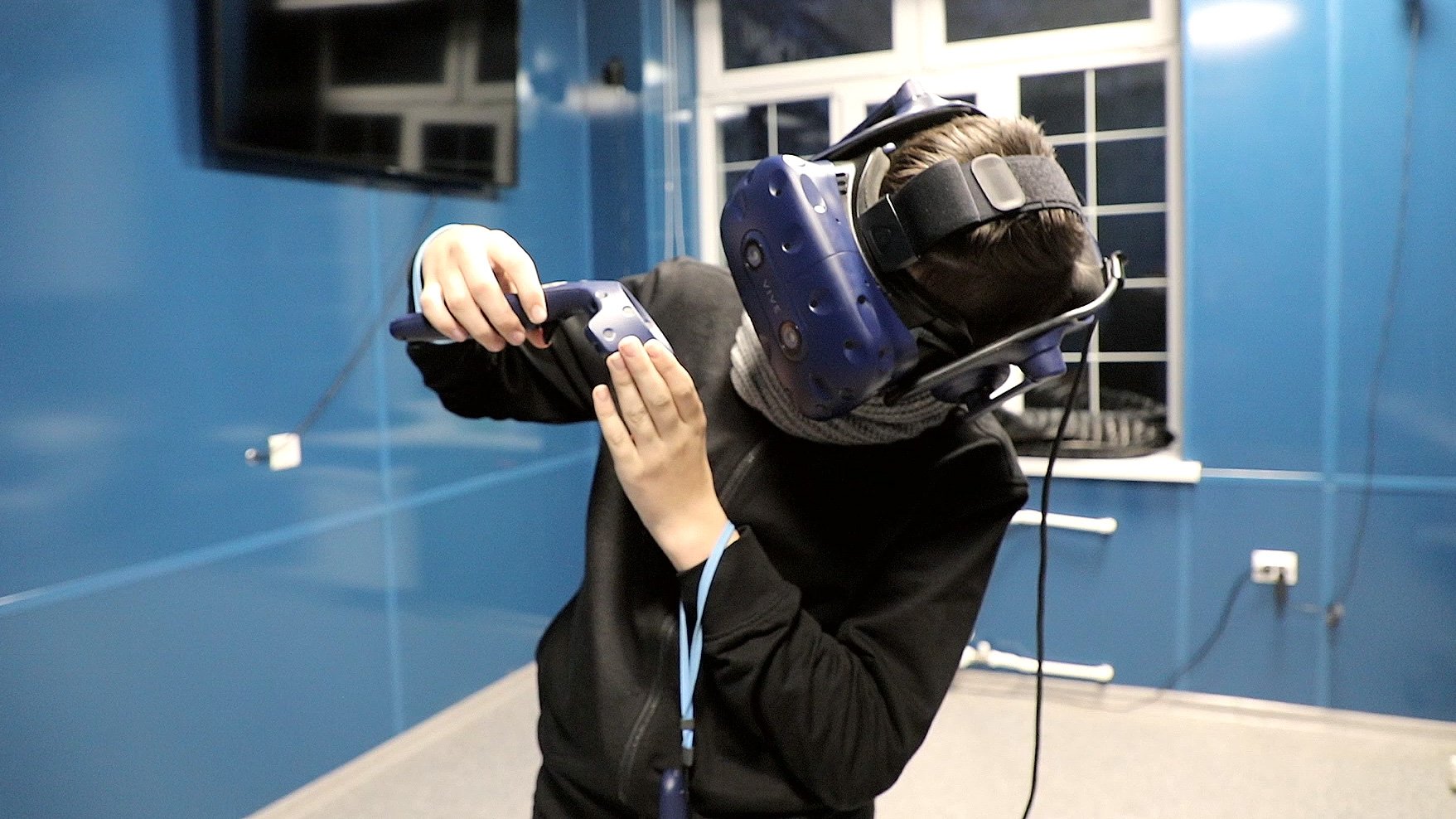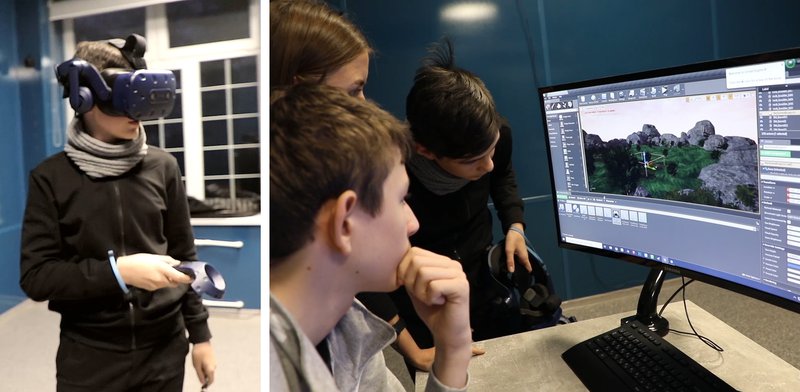Russia Adds VIVE VR Solutions To Learning Curriculum

Articles | Education | Use Case
4 minute read
Education is one of the most important topics globally. Access to education, how we deliver it, and how we can inspire people, are critical for all humanity.
Five years ago, the Russian Federation faced a challenge – how to create additional learning opportunities outside of the core curriculum. And more than that, they wanted to develop a true passion in students for new and immersive technologies.
Many of the existing educational ideas were built around the idea of the classic computer lab, but there were limitations, with large a geographic area and a high number of young people to support. Additionally, there was no standardization in the experience, and as always, budgets were limited for hardware and tech support.
With the support of the Ministry of Education, the first Kvantorium project was launched. The main goal of the project is to create and develop a network of innovative platforms to support intellectual development and leisure for youth in Russia. It entailed creating physical locations and spaces where people could build their skills while having fun.

Aleksey Bogatov, Kvantorium curator from Samara said, “Engagement is key, visualization of educational content especially in the subject areas of physics, chemistry, biology, and astronomy, can accelerate the development of complex topics and form a deep understanding of the material.”
The big challenge for the Kvantorium was to find solutions that could meet the requirements – to support additional learning, have a certain standard, and be able to inspire people. They looked to VR, and HTC VIVE’s Focus Plus – a simple-to-use but powerful all-in-one VR headset.
Kirill Shulyako, curator from the Leningrad Region said, “When choosing our VR equipment, we had two main factors: reliability and functionality. VIVE is one of the most reliable and proven brands. VIVE has a large and flexible platform for software development and testing.”
Polina Mozgaleva, curator from Tomsk agreed, “It’s a quick setup, easy to understand for any user. And it fully interacts with the Steam platform, there are built-in tools that can be used immediately, which is very convenient for beginners, and then more advanced users can easily create their own ideas. I want all of our young people to have the best chance to create, dream, and play – and VR is the answer.”
At the time of the launch of the first Kvantoriums, virtual reality was mainly associated with the entertainment industry, but the potential for business application and the development of related technological solutions were apparent.
Kirill Shulyako, curator from the Leningrad Region said, “Virtual reality is one of the most ambitious industries, which in the near future is likely to penetrate into all areas of our lives as smartphones once did. The very concept of virtuality comes from the Latin language and means something that does not exist in our world but can still appear under certain conditions. Virtual reality will transform our lives beyond recognition. Manufacturing, medicine, and more.”
Using inside-out tracking and self-contained processing with no need to attach to a PC, the VIVE Focus Plus was easy to set-up in any location – simply switch it on and connect to the Internet to access whole new worlds. Perfect for schools or youth clubs, where there may not be much technical support close to hand, or the budget to invest in a lot of PC hardware. In other regions where they did have established computer labs, VIVE Pro was deployed, with added flexibility via the Wireless Adapter.

Training sessions were held to support educators and teachers so that they could in turn teach people, and that process kept going. The scheme has seen that some students become tutors and transfer their knowledge to training centers.
Kvantorium curators feel that constantly striving to inspire young people is the key to the future - I rina Kuznetsova, curator of centers "IT-cube" and "DNA", comments, “With this VR technology we’re already seeing a community of talented developers being created. Perhaps they will become the critical mass of innovators in the next generation, who can turn upside down our perception of technology, and build something the world has never seen before.”
Today, more than 2,000 VR systems are helping young people all across the country. The project has already been extended as part of the implementation of the National Project scheme until 2030. The new goal is very ambitious – to ensure every school in Russia has access to a VR device by 2030. This is with the hope of building a formal infrastructure within the school system so that actual classes can be undertaken in VR, meaning anything could be taught – for biology lessons seeing detailed 3D models of animals from all over the world, or chemistry examining the very bonds between molecules.
Irina Kuznetsova feels this is just the beginning and says that “in the future, we plan to hold a large-scale international virtual reality festival, as well as a series of hackathons. Our entire network covers thousands of sites across urban and rural regions, and we see tremendous passion from our young people who are exploring technology and pushing the boundaries of what’s possible.”
Speaking about the collaboration, Andrey Kormiltsev, the President of HTC VIVE Russia, CIS, Baltics, and Israel, said, “HTC is pleased to be a strategic partner of the Kvantorium technology park network and to support the development of educational processes in Russia. We’re already seeing young people becoming very skilled in their expertise of technology, and thanks to Kvantorium, they have even already developed the skills to create their own advanced technical solutions.”
With the Kvantorium projects having used VR for some time now, Aleksey Bogatov chose some highlights , “There are two which stand out, one is an amazing simulator of the MI-8 helicopter components which allows you to see exactly how it works. The other is the "Virtual City" that allows you to use the city's entire infrastructure without you even having to take a single step.”
And speaking about the future, Andrey Sakaro, Khanty-Mansi AO commented, “ We see great prospects for integrating VR technologies into educational methods with full immersion in the learning process, especially for those in more remote locations. An ever-growing library of content provides limitless possibilities. And in this innovative market, there is a place for our students to become the future creators of virtual environments.”